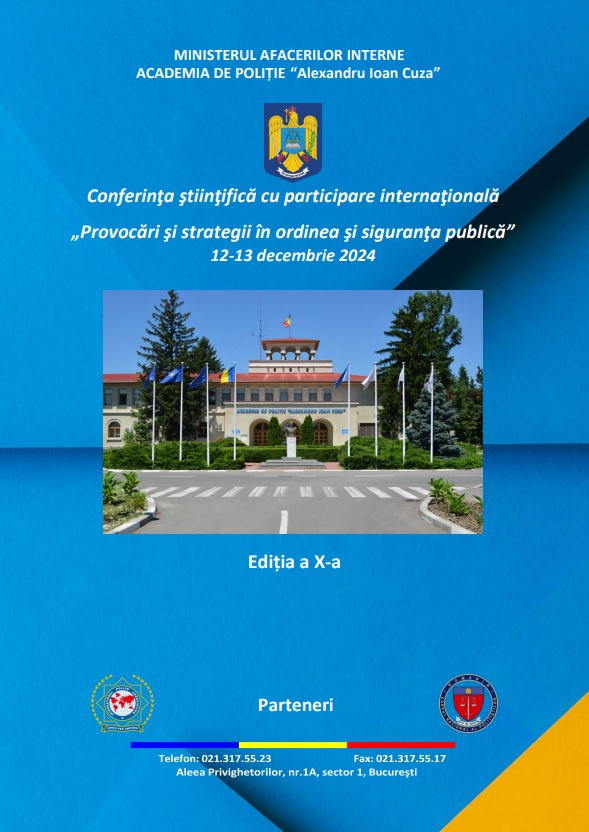ROLUL DACTILOSCOPIEI ÎN SOLUŢIONAREA CAUZELOR JUDICIARE
THE ROLE OF DACTYLOSCOPY IN SOLVING JUDICIAL CASES
Author(s): Darius-Iulian Furdea
Subject(s): Law, Constitution, Jurisprudence
Published by: Academia de Poliţie »Alexandru Ioan Cuza« Bucureşti
Keywords: dactyloscopy; fingerprints; criminalistics; finding the truth; crime
Summary/Abstract: Crime is a complex social phenomenon that directly threatens the stability ofsociety, thus requiring the implementation of effective prevention and combat measures. In thiscontext, criminalistics plays a crucial role, and dactyloscopy, as a branch of it, is the discipline thatinvolves the study and use of fingerprint patterns for personal identification.Dactyloscopy analyzes the unique patterns of skin on the fingers, palms, or soles, patternsthat are formed during fetal life and remain unchanged throughout life. Their uniqueness,permanence, and immutability make fingerprint patterns indispensable tools for identification. Thismethod was discovered and refined since the 19th century by researchers such as Francis Galton andWilliam Herschel. In Romania, the pioneers of this discipline were Dr. Andrei Ionescu and Dr.Nicolae Minovici, who contributed to its application in judicial activities.Depending on the nature of the crime, fingerprints are often collected during theinvestigation at the crime scene, a crucial step in which the investigation team searches for, secures,and collects traces left by the perpetrator during the commission of the offense. These are laterexploited by those responsible for their analysis.Technological advancements, such as automated systems like AFIS, have accelerated theidentification process, contributing to the efficient resolution of judicial cases and protecting citizens'rights. Dactyloscopy is valued for its contribution to the sole purpose of uncovering the truth andstrengthening public trust in the justice system, being indispensable in combating contemporary crime.
Book: PROVOCĂRI ȘI STRATEGII ÎN ORDINEA ȘI SIGURANȚA PUBLICĂ EDIȚIA A X-A
- Page Range: 35-40
- Page Count: 6
- Publication Year: 2024
- Language: Romanian
- Content File-PDF

